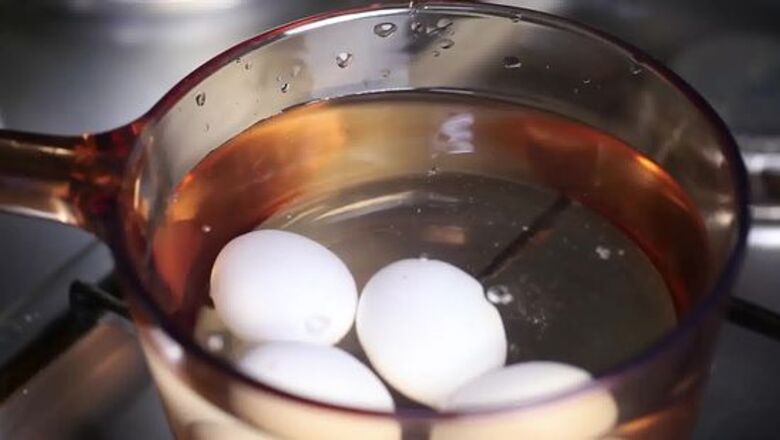
views
Basic Method
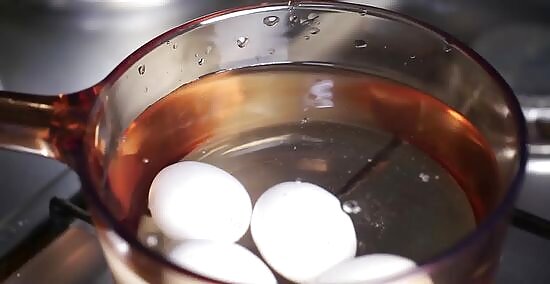
Boil the eggs. The method you use to boil your eggs can have a significant impact on how easily you'll be able to peel them. Place your eggs in a saucepan and cover with cold water. There should be about two inches of water over the top of the eggs. Add a teaspoon of bicarbonate of soda to the water, then bring the pan to a gentle simmer and cook for approximately 12 minutes. The bicarbonate of soda raises the pH level of the egg white, which causes it to stick less to the shell and membrane when peeling. Fresh eggs will be harder to peel than slightly older eggs, as the air pocket at the wide end of the egg is smaller in fresh eggs. For this reason, you should avoid boiling freshly laid eggs, whenever possible. Go for 3-5 day old eggs instead.
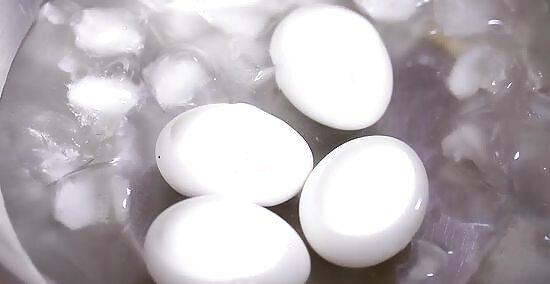
Cool the eggs. Once the eggs have finished cooking, drain the water from the saucepan then refill it with cold water. You can add some ice cubes to the water, if you like. The cold water causes the egg to contract inside the shell, creating more space, which makes the egg easier to peel.
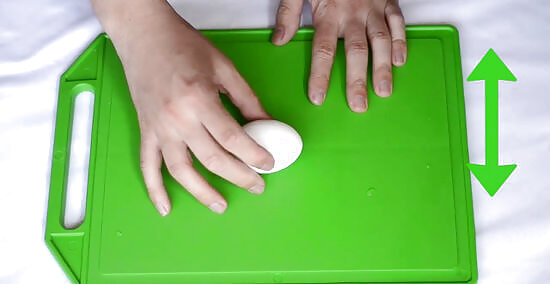
Crack the shell at each end. Once the eggs have cooled, remove them from the water and pat dry with some paper towel. Take an egg and firmly tap each end on a hard surface, such as a counter top, to crack the shell. Do one end, and then the other. There is an air bubble in the wide end of the egg; once you have crushed this, the egg will be easier to peel. Rather than cracking the egg on a hard surface, you can use the back of a tablespoon to break the shell. One or two firm taps should do it.
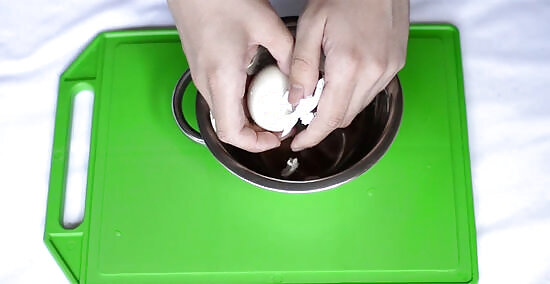
Peel the egg. Starting at the wide end with the air pocket, begin peeling the egg, using the side of your thumb. You should remove both the shell and the white, filmy membrane, to reveal the smooth, shiny egg white underneath. If the boiled egg has adequately cooked and cooled, the shell should come away easily.
Rolling Method
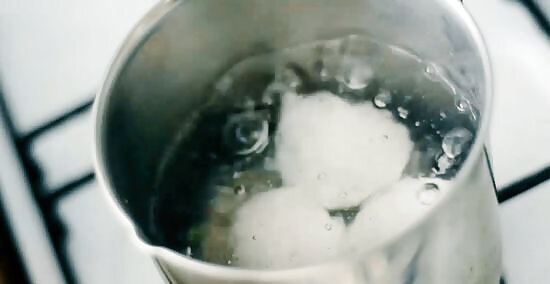
Cook and cool the eggs. Use the same steps outlined in the basic method to cook and cool the eggs.
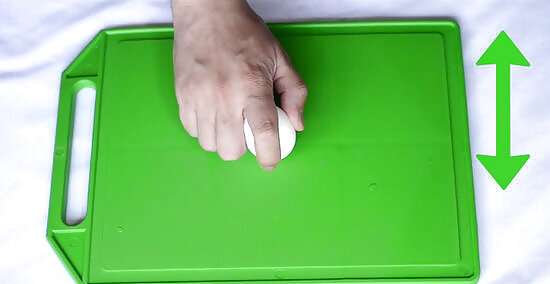
Crack the shell at each end. Once the eggs have cooled, take one and firmly tap each end on a hard surface, such as a counter top, to crack the shell. Do one end, and then the other.

Roll the egg. Place the side of the egg on a counter and roll forward for one revolution with your palm firmly down on the top of the egg. You should place enough pressure on the egg that the shell cracks, forming a "web" of broken shell.
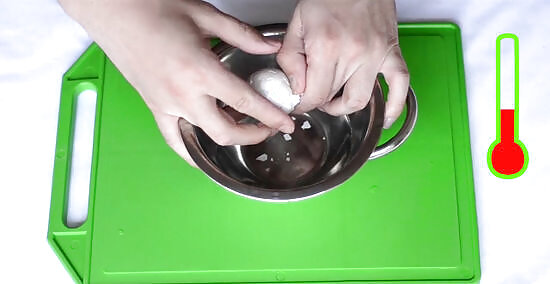
Submerge the egg in a bowl of warm water. Use your thumbs to peel off a section of the broken shell from the wide end of the egg, and the entire shell should slip off in less than a second.
Shaking Method

Cook the eggs. When the eggs are done cooking, pour off the boiling water and refill the pot with cold water. Leave the eggs to cool.
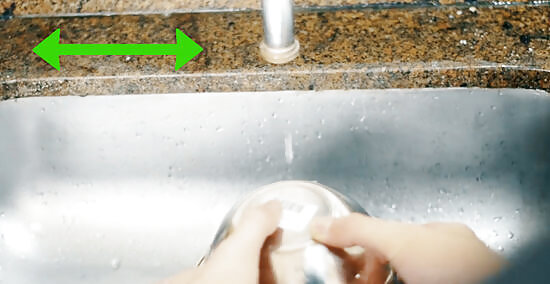
Cover the saucepan with a lid. Pour off the cold water and cover the saucepan with a snug fitting lid. Hold the lid in place and shake the saucepan vigorously.
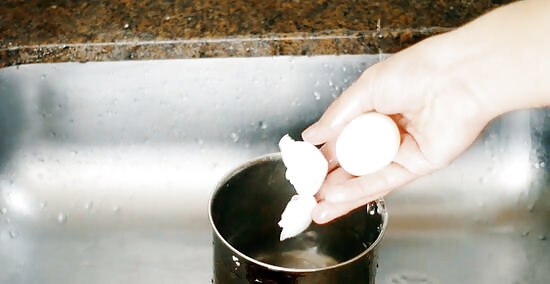
Rinse the shell off. When you open the lid of the saucepan, the egg shells will be broken into many pieces. Then you can simply rinse the broken shells off the eggs. This is a very quick and easy method of removing the shells, but may result in damaged eggs.
Spoon Method

Cook and cool the eggs. Cook and cool the eggs according to the steps outlined in the basic method above.

Crack the eggs. Use a spoon to firmly tap the wide end of the egg to break the shell and crush the air pocket.

Slide the spoon in between the egg and the shell. Once you have done this, you should be able to simply pop the egg out. This method of peeling an egg is very fast, but may require a little practice. Be careful not to damage the egg during the process, and make sure the egg doesn't go flying across the room when you pop it out.
Blowing Method
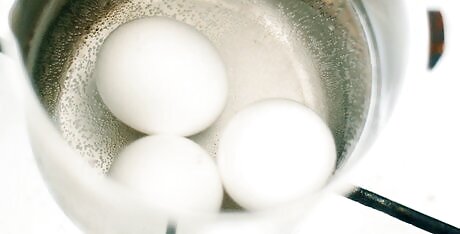
Cook and cool the eggs. Cook and cool the eggs according to the steps outlined in the basic method above.
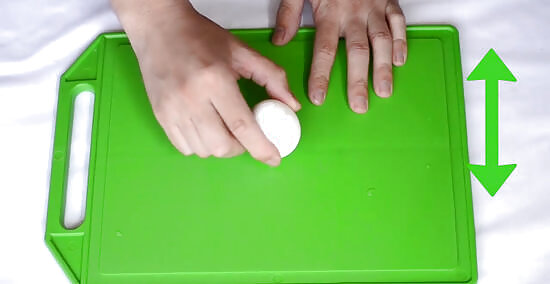
Crack the shell at each end. Once the eggs have cooled, remove them from the water and pat dry with some paper towel. Take an egg and firmly tap each end on a hard surface, such as a counter top, to crack the shell.

Remove the broken shell from each end. Peel away the circular area of broken shell at each end of the egg, using the side of your thumb.
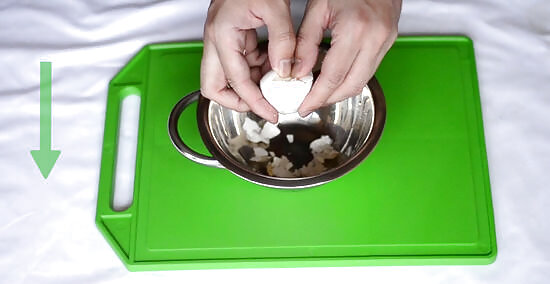
Blow (or push) the egg out of the shell. Grasp the egg firmly in one hand and blow forcefully into the hole in the shell, at the narrow end of the egg. With enough lung power, the boiled egg should slide right out of the shell. Make sure you have your other hand ready to catch it when it comes flying out! This method can be very difficult to master and will definitely take some practice - but once you get the hang of it, you'll feel like an egg ninja!

















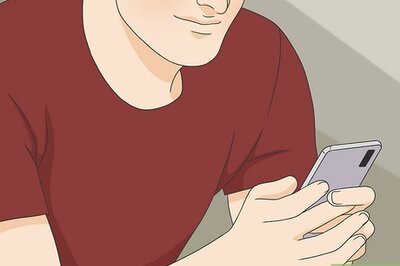


Comments
0 comment